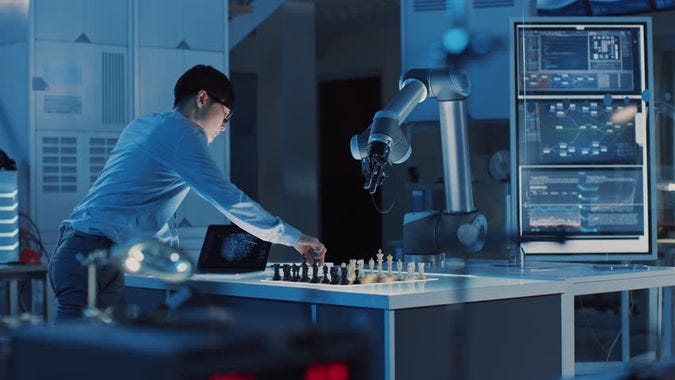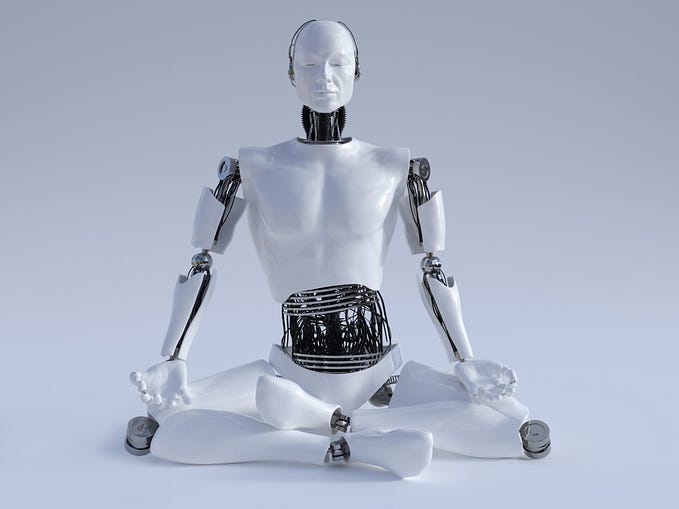
Member-only story
Is Chess Doomed by Artificial Intelligence?
A short state of play
For most people, the critical milestone in the so-called fight between Man and Machine was on May 1997 when Garry Kasparov, the reigning world chess champion, was defeated of by a computer, namely Deep(er) Blue under official tournament conditions.
By 2005–2006, computer chess programs became clearly stronger than human chess players. Today’s best chess programs can easily beat the world’s best human chess players, even when they’re run on fairly conventional hardware or mobile phone application. Consequently, there is little interest in putting human against computer in official tournaments. There are now computer-only chess leagues, where the top chess programs play against each other; for instance the Thoresen Chess Engines Competition (TCEC).
However, such achievements were relying on brute force with massive calculation capabilities. In 1997, Deep Blue was able to evaluate 200 million positions per second. More recent programs like Komodo or Stockfish have huge opening and endgame databases they can consult at the speed of light.
We think that the real milestone in the battle between Man and Machine is rather in November 2019 when Lee Sedol, one of the world’s top human champions of Go, has decided to retire from playing the strategy game professionally, citing Artificial Intelligence (AI) as a reason he can no longer compete, after having lost four out of five games during the Google DeepMind Challenge in March 2016. From now on, no human activity even the most subtle and complex one is immune from being threatened in its essence by computers.

Lee Sedol summarised the feelings triggering his decision as follows:
With the debut of AI in Go games, I’ve realised that I’m not at the top even if I become the number one through frantic efforts. Even if I become the number one, there is an entity that cannot be defeated.
The key success factor was to leave aside brute force used by Deep Blue and subsequent programs rather focussing on the method of reinforcement learning through self-play. Look…








